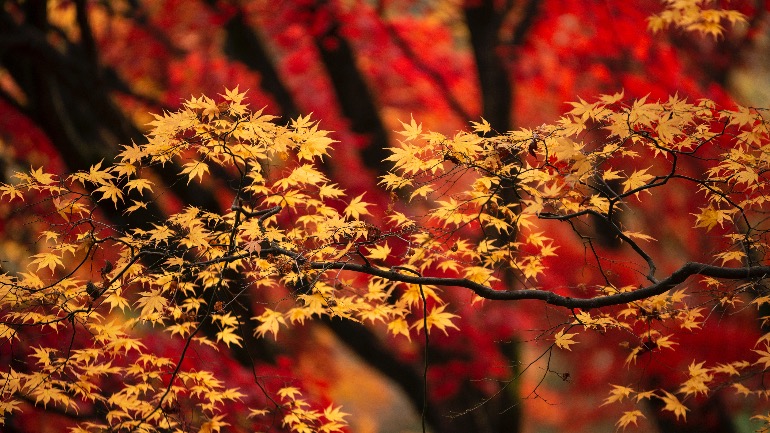During the time of the Buddha, there were many non-Buddhist practitioners in India who, with their clairvoyance, saw lifelong virtuous people find rebirth in the hell, hungry ghost, or animal realm instead. They questioned, “If cause and effect was truly infallible, why would virtuous people not end up well?” Hence, they viewed the idea of cause and effect as pure nonsense.
How can a person who has practiced virtue the entire life be reborn in the lower realms? Well, although the person may have been virtuous throughout this life, we do not know anything about this person’s previous lives. Maybe the person has been virtuous in this as well as the last two lifetimes, but it may not be so anymore if we could go back even further. Some negative karma might have been committed many lifetimes ago. From the perspective of the three types of immutable karma, virtuous karma that the person has committed in this life happens to ripen not in the current or the next life, but in the yet known future lives. That is, it may not come to fruition until perhaps hundreds or even thousands of years later.
In our innumerable past lives, had we ever committed this type of immutable karma? The answer is yes. Therefore, we can be as virtuous as we would like in this life, retribution may still await us if we cannot purify all our negative karma of the past. Once this type of karma matures, there is no escape but to bear its effect albeit temporarily. Does this mean that virtuous karma we have accumulated in this lifetime will go to waste? It certainly won’t. They also bear their own fruit. However, if virtuous karma is not powerful enough and ripens slowly, it is possible that we may have to suffer first before enjoying any reward.











